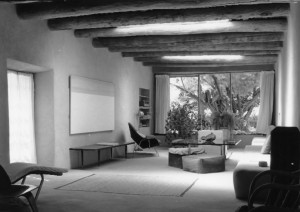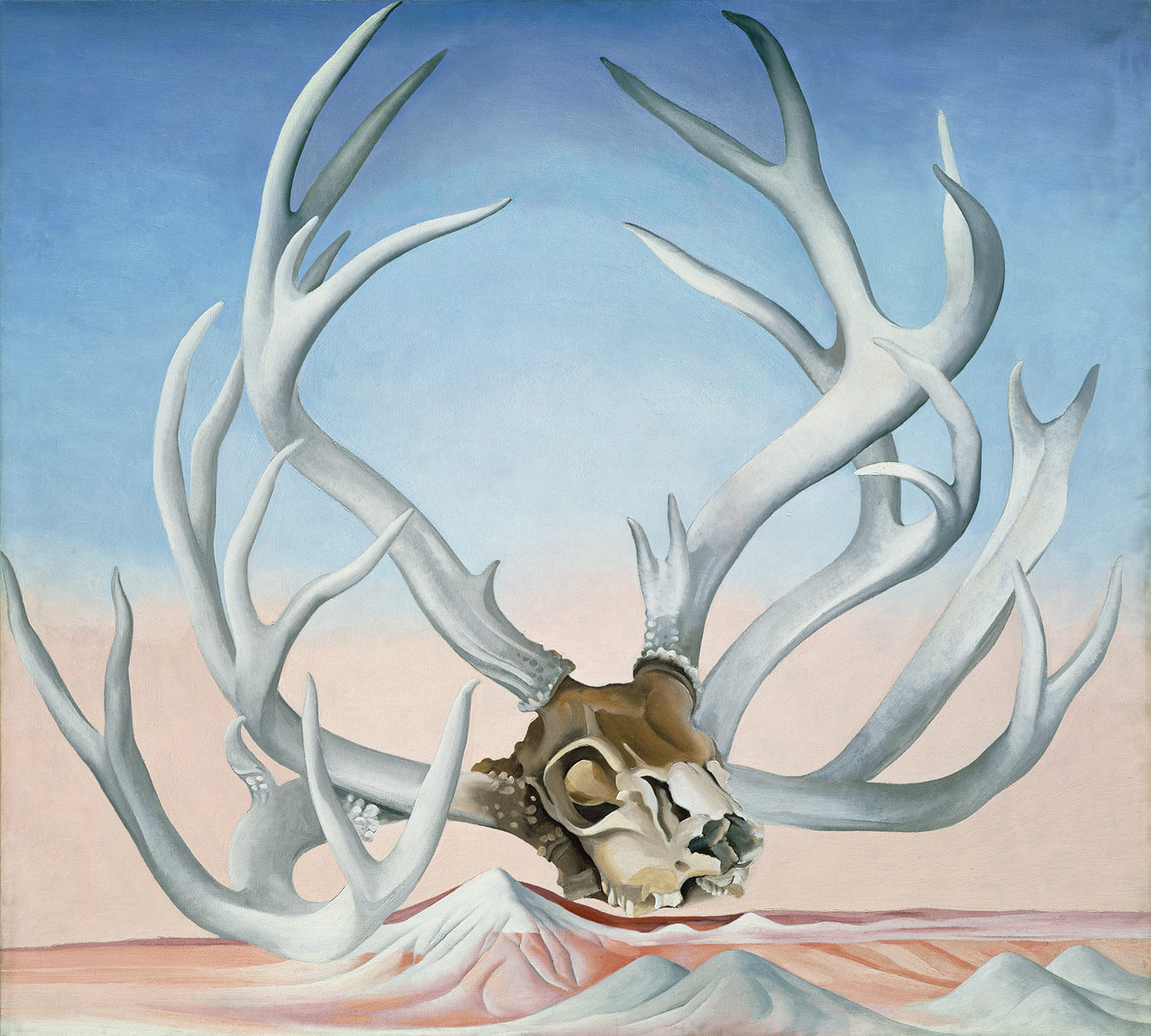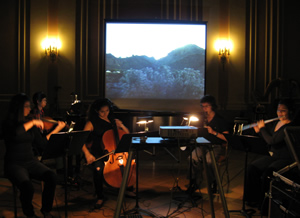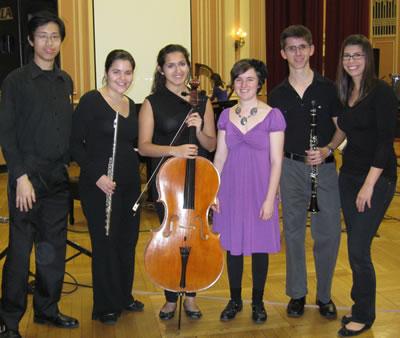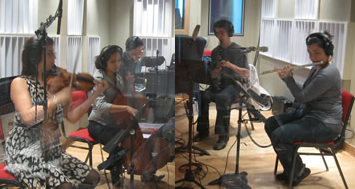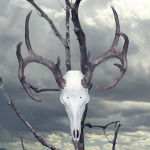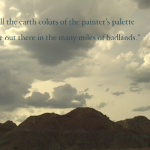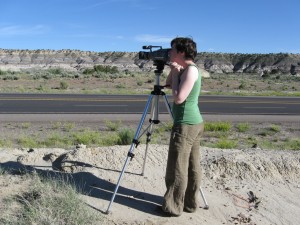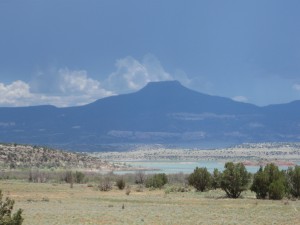I recently had the pleasure of visiting the stunning new home of the Whitney Museum of American Art in the Meatpacking district of New York City. Three of the artists prominently featured in their wide-reaching inaugural installation of works from the collection, American is Hard to See – Charles Burchfield, Georgia O’Keeffe, and Chiura Obata – have been primary inspirations in my ongoing work of composing music in response to visual art. Each of these artists engaged with nature, place, and spirituality, and conveyed a powerful “musicality” in their images, although in very distinct ways.
If you’ve recently visited the Whitney, plan to visit in the future, or if you’re just curious, I hope you’ll enjoy perusing this little guide to music I’ve composed inspired by artists in the Whitney’s collection. Think of it as an art & music pairing menu!
Charles Burchfield
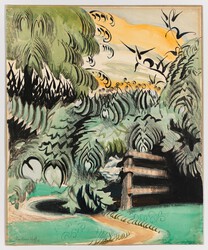
The Whitney has an exceptional collection of works by Charles E. Burchfield (1893-1967), and it was at the Whitney at their 2010 exhibit Heat Waves in a Swamp that I had an impactful first experience with seeing his paintings and drawings in person.
Several of Burchfield’s early paintings are now on display on the 8th floor of the Whitney in a section dedicated to art related to music and sound. Appropriate, then, to pair these works with some music related to art!
My compositions inspired by the works of Charles E. Burchfield include an orchestral tone poem and a one-act opera (listen above).
Watercolors, my wind quintet inspired by four of Burchfield’s paintings, was performed at the grand opening of the Parrish Art Museum. Visit Beyond the Notes to see a complete video of that performance and to learn about Burchfield’s paintings.
Chiura Obata
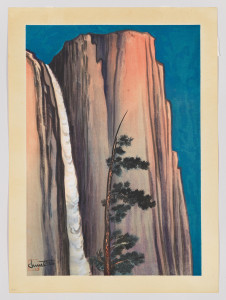
On the seventh floor of the Whitney, you’ll find eight woodblock prints by the (in my opinion, vastly under-appreciated) Japanese-American painter and woodblock print designer, Chiura Obata (1885-1975). It’s a special opportunity to see these rarely-displayed works.
Obata’s woodblock prints and watercolor paintings of Yosemite, the High Sierra, and the internment camp in Utah where he and his family were imprisoned, inspired my piece Dai-Shizen (Great Nature) for flute and guitar (listen above). This piece was commissioned by Devin Ulibarri and Alicia Mielke and premiered last June at Boston GuitarFest. Learn more about Obata’s artworks and my music.
Georgia O’Keeffe

My journey creating music inspired by art began in 2009 with Georgia O’Keeffe (1887-1986), an artist long-celebrated by the Whitney. Summer Days, one of many exquisite paintings that emerged from the landscape of her adopted home in New Mexico, is on display on the 7th floor. A few of her abstract works are also visible on the 8th floor.
My music inspired by O’Keeffe’s paintings – especially her vision of New Mexico – has included an art song for soprano and chamber ensemble; an orchestral tone poem (listen above); and a multimedia video work (watch below). Visit Beyond the Notes to learn about Georgia O’Keeffe and my music.

